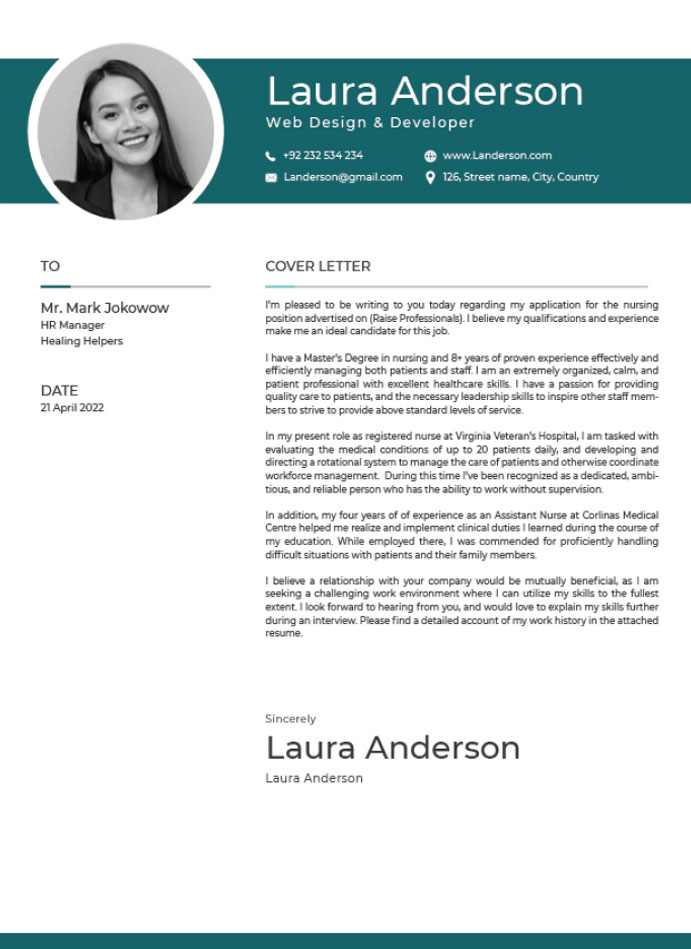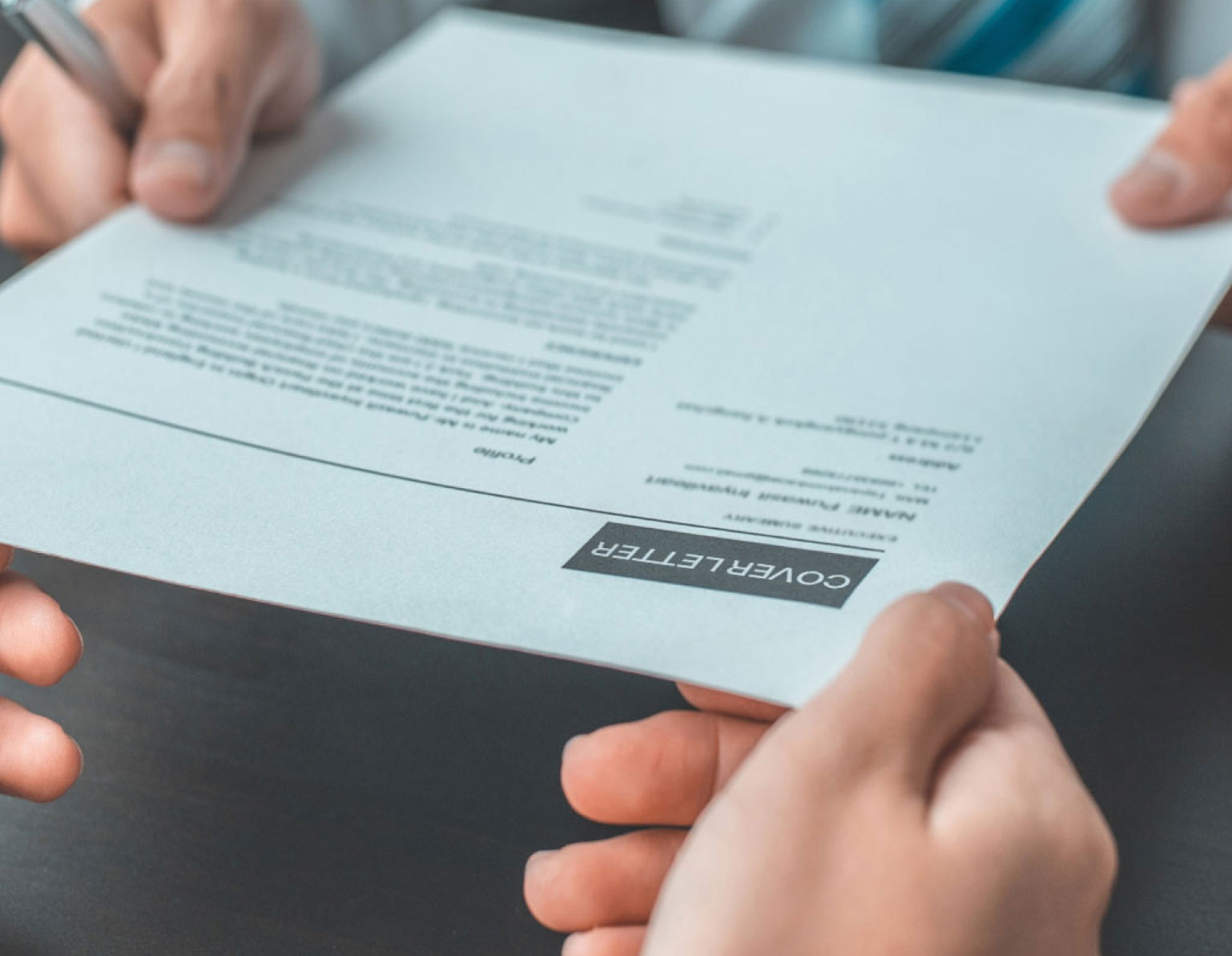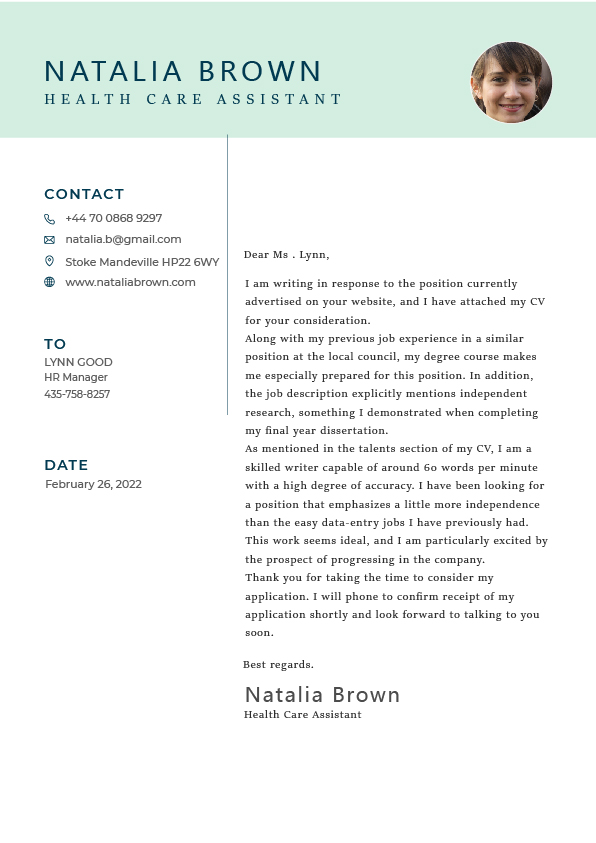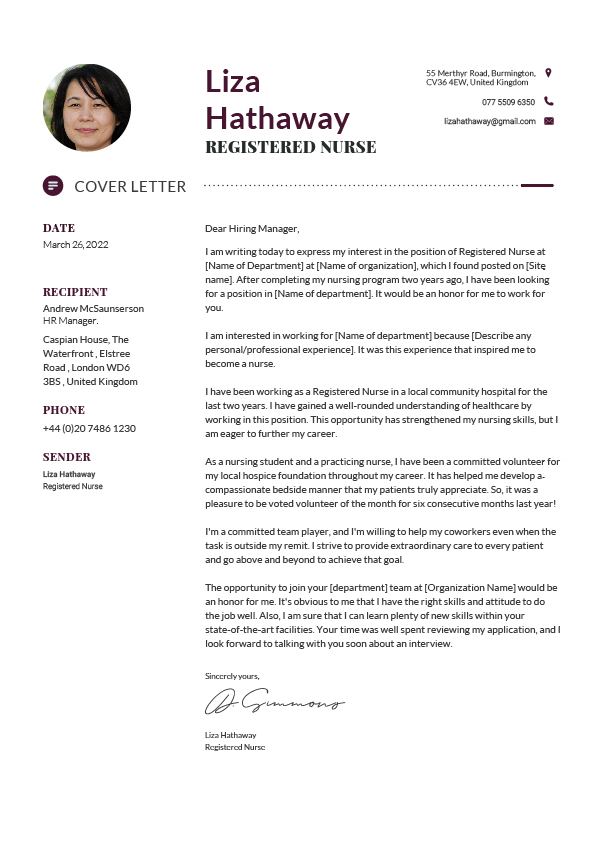Writing The Excellent Cover Letter
What is a Cover Letter?

A covering letter is a letter of intro accompanying any written communication that requires explanation. A covering letter is your first and best chance to explain why you are perfect for the position in job-seeking terms.
A good covering letter can be of even greater worth than a suitably formatted CV. Though you should undoubtedly be tailoring CVs to the position on offer, a cover letter allows you to specifically highlight the skills that are most suitable for the job.
It’s also the perfect platform for showing why you’re applying for a role with that company instead of any other: this information rarely falls within the remit of a CV. A great cover letter should contain:
What to Include in a Cover Letter?

As with most writing pieces, the key to making an excellent cover letter is to have a strong beginning, middle, and end.

Introduction
Capture the reader’s attention by keeping it to the point. For example, state the actual position you’re applying for if you’re replying to a specific advert, or justify why you’re applying to that particular company if you’re applying speculatively.

Experience and Skills
This section explains how your talents fit the advertised role using the job spec for structure. Concentrate on transferrable skills if the job you’re applying for is in a distinct sector to the one you’re presently working in.

The Company
Reveal your passion for the company you’re applying to by describing how you fit with and can contribute to its successes and values.

The Sign-off
End on a positive note by describing that you’d welcome the chance to satisfy the people you’re applying to and discuss your suitability in more detail.

Sample Cover Letter
The following is a traditional example of a covering letter, the type you would wish to send for a business, accountancy, or retail job. Some sectors – especially in creative industries – would discover this letter too formal.
A Cover Letter, Your CV's Wingman
Cover letters appear straightforward enough, but there is an art to creating them stand out. It is your first prospect to make a good impression and impact. A cover letter is not always mandatory. However, these days, with job applications via media such as LinkedIn, it's less common. Nevertheless, we recommend attaching a cover letter when emailing a job application, as this is a formal and polite way of presenting yourself via email.
Cover Letter with CV

Having spent the time perfecting your covering letter, your CV must deliver on the promises you have made. Both documents should be tailored to their audience and the job that you’re applying for, and they need to work in harmony:

Never mention anything about your talents that aren’t also in your covering letter.

Ensure everything you highlight in your covering letter is relatively easy to encounter in the CV you submit.

Using the same font and formatting in both documents will look, extra professional.

Aim for consistency in the formality of both documents

When emailing your application, include your CV as an attachment, but put your covering letter in the main body of the email.

Follow the Office Angels guide to writing a tip-top CV for best results. Within the same area of our website, you will also find advice for other aspects of your job search, such as best practices for interviews.

Remember, you can always talk to our friendly and highly skilled recruitment advisors for advice when applying for your ideal job.

Things to Avoid When Writing a Cover Letter
A Cover Letter, Your CV's Wingman
Cover letters appear straightforward enough, but there is an art to creating them stand out. It is your first prospect to make a good impression and impact.
A cover letter is not always mandatory. However, these days, with job applications via media such as LinkedIn, it's less common. Nevertheless, we recommend attaching a cover letter when emailing a job application, as this is a formal and polite way of presenting yourself via email.
- Not following instructions
- Using the wrong format
- Mentioning why you are looking for a new job
- Utilizing the same cover letter for every application
- Writing without researching the company and position
- Discussing irrelevant work experience
- Avoiding to highlight your most vital or most relevant skills
- Focusing on job duties instead of achievements
- Talking about salary expectations
- Repeating details from your resume
- Forgetting to proofread before submitting your cover letter
What to do:Read the job post carefully and make sure you include all the information in your cover letter. For example, if the job post requests a PDF, make sure you save your files as PDF.
What to do:Select a perfect cover letter template and then customize the template as required and make it stand out from all the other candidates. Always make sure your cover letter should be maximum of one page long, with one-inch margins and a space between each section.
What to do:Keep everything in your cover letter positive and focused on your future. Describe your skills, strengths, talents, and accomplishments from the previous roles.
What to do: Always begin your cover letter by addressing the hiring manager. First, make sure your cover letter mentions the specific title you are applying for. Then, discuss how your skills and talents are an asset to the company and how your values align with the company's culture, mission, and vision.
What to do: Companies often highlight the necessities to the specific role or about themselves. So read the job description carefully and identify the information required to include in your cover letter. Next, review the company's mission and vision statement and look through their website for further details. Then only prepare your cover letter and make sure all the necessary information is added according to the company.
What to do: Focus on highlighting how your experiences helped you be the best candidate for the particular position. Discuss the things your experience has led you and how it has guided you to the role you are applying for. Ensure you explain how you intend to transfer the skills and knowledge you learned from the experience or previous role to add value to the company and succeed in your new role.
What to do: Begin with reviewing the job description and uncovering the skills it asks for that match your greatest strengths. Then, think about the experiences and accomplishments to prove these skills are your strength. Avoid listing irrelevant skills that will not help you succeed in the role, even if those are your strength.
What to do: Talk about any professional achievements only, such as awards or special recognition. If you have had several professional achievements throughout your career, pick the ones most relevant to the position you are applying for, and they should be most impressive.
What are you supposed to put in your cover letter?
Your hiring manager will looking for some specific information in your cover
letter. So always make sure your cover letter includes:
- Your contact information
- A professional salutation
- An introduction to the hiring manager
- Your most important qualifications
- A strong conclusion that motivates them to take action
- Your signature
Besides the details listed above, your cover letter should contain only the details you need to make the most compelling argument for why you are the best candidate for the role.





